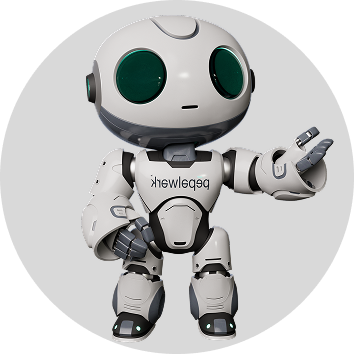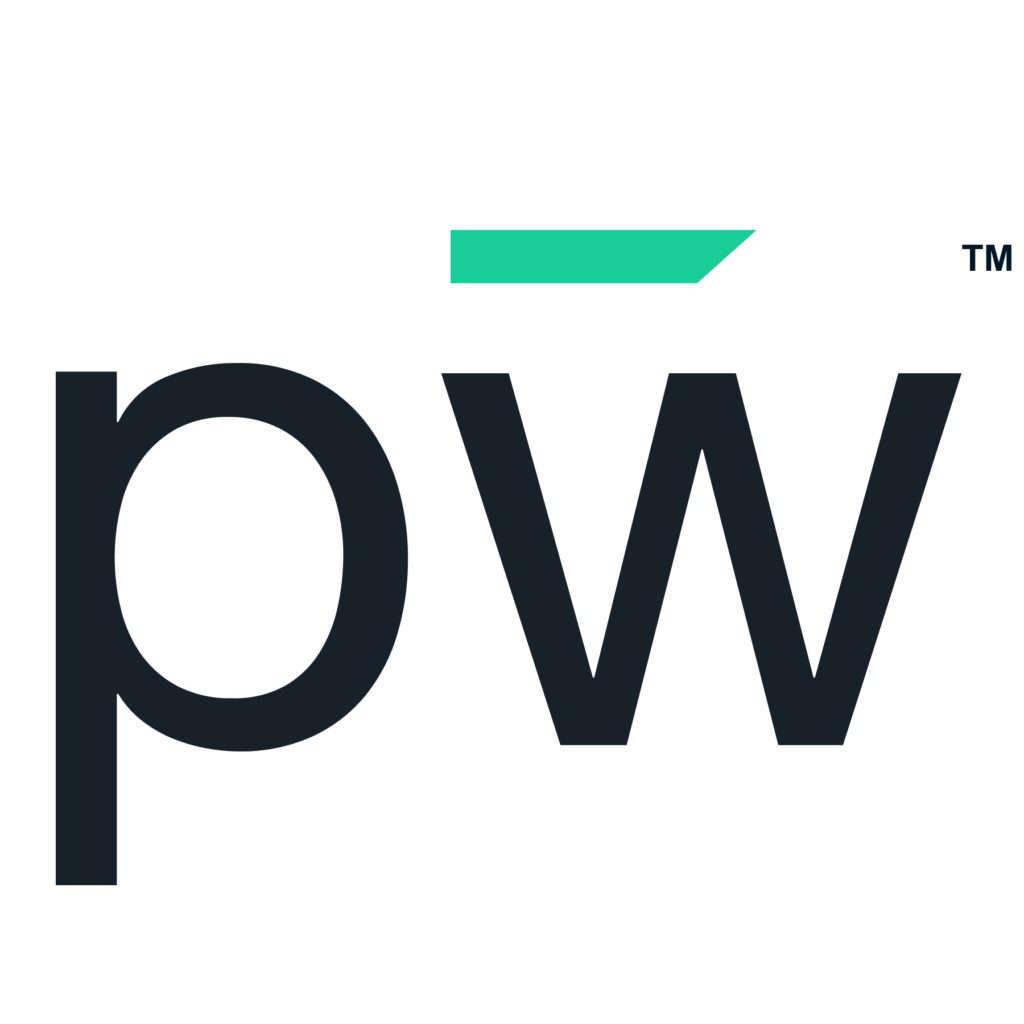Introduction
The world of hiring and recruitment is undergoing a significant transformation, thanks to the rapid advancement of technology. Traditional practices like resumes, job descriptions, job postings, and even conventional interview processes are gradually giving way to more innovative and efficient tools. In this era of digitalization, employers and job seekers alike are benefiting from these changes that streamline the hiring process, reduce bias, and match candidates to positions more accurately than ever before.
Resumes Redefined
Resumes have long been the primary means of presenting one's qualifications to potential employers. However, they are often limited by format, length, and the potential for exaggeration. Enter modern tools like applicant tracking systems (ATS) and AI-powered resume analyzers. These tools can not only parse resumes for relevant keywords but also provide insights into a candidate's skills, experience, and suitability for a role. Video resumes and personal websites are also becoming more popular, allowing candidates to showcase their personality and skills beyond the confines of a traditional paper resume.
Outdated job descriptions that are too lengthy, jargon-filled, or generic can deter qualified candidates from applying. Tools like augmented writing platforms are transforming the way job descriptions are created. These platforms utilize AI to craft clear, concise, and inclusive job descriptions that resonate with a diverse pool of candidates. By using unbiased language and focusing on essential skills and responsibilities, these tools attract a wider range of potential hires.
Job Postings and Distribution
The era of posting job listings exclusively on a single job board is over. Today, job seekers use a multitude of platforms to search for opportunities. AI-driven tools can optimize job postings for various platforms, ensuring that they reach the right audience. Social media, job search engines, and niche websites are all part of a comprehensive strategy to attract top talent. This broader approach also promotes diversity by reaching candidates from different backgrounds and locations.
Traditional interviews often rely on subjective judgment and can be prone to bias. New tools are revolutionizing this process by introducing structured and standardized interview techniques. Video interviews and asynchronous interview platforms allow candidates to record responses to predetermined questions at their convenience, minimizing scheduling conflicts. AI algorithms analyze these responses for both content and emotion, providing a more holistic view of candidates' capabilities and personalities.
Skill Assessments and Cognitive Tests
Resumes may showcase a candidate's qualifications, but they often fail to capture practical skills and problem-solving abilities. Skill assessment platforms and cognitive tests provide a way to objectively measure a candidate's aptitude for a particular role. These tools go beyond self-reported skills, allowing employers to make more informed decisions about a candidate's abilities.
Predictive Analytics for Hiring Success
AI and data analytics are driving the development of predictive hiring tools. By analyzing historical data on successful hires, these tools can identify patterns and attributes associated with high-performing employees. This enables employers to refine their candidate selection process and identify those most likely to excel in the role.
Conclusion
The revolution in hiring practices through innovative tools is transforming the recruitment landscape. Resumes are no longer confined to paper, job descriptions are becoming more inclusive and engaging, job postings are reaching a wider audience, interviews are becoming more objective, skills are being assessed more accurately, and data-driven decisions are becoming the norm. As technology continues to advance, the hiring process will only become more efficient, equitable, and effective, benefiting both employers and candidates in the competitive job market of today and tomorrow. Embracing these tools is not just a choice; it's a necessity for staying ahead in the ever-evolving world of talent acquisition.









